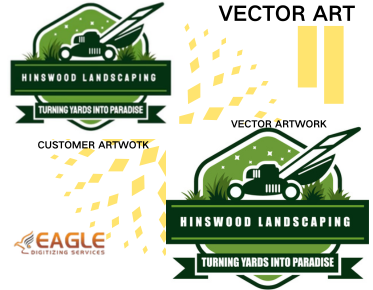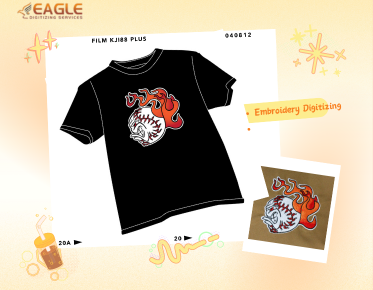How can you convert AI to SVG without quality loss?
Converting Adobe Illustrator (AI) files to Scalable Vector Graphics (SVG) without quality loss is crucial for maintaining the integrity of your designs. SVG is a popular format because it is widely supported and provides scalability without losing quality. Here, we will explore the best practices and tools to ensure that your AI to SVG conversions are seamless and quality-preserving.
Understanding the Importance of Vector Formats
Before diving into the conversion process, it's important to understand the nature of vector graphics. Vectors are composed of paths, defined by a start and end point, along with other points, curves, and angles. This format allows for infinite scaling without loss of quality. Formats like AI and SVG are fundamentally vector-based, making them ideal for design that requires detail and scalability.
Choosing the Right Tools for Conversion
Adobe Illustrator is the go-to software for creating AI files, and it has built-in features to help you easily convert to SVG. The conversion process can be done within Illustrator by selecting "Save As" and choosing SVG from the format list. Ensuring all layers and elements are correctly converted is crucial for maintaining quality. For those seeking external options, online tools such as Vector Conversions also offer services to convert files from AI to SVG while preserving details.
Maintaining Quality during Conversion
To ensure no quality loss during conversion, keeping an eye on specific settings and options is necessary. These include:
- Preserve Illustrator Editing Capabilities: This option is important if you plan to re-edit the SVG file back in Illustrator.
- Styling: Choose between 'Inline' and 'Internal' so styles are preserved during the conversion.
- Image Location: Ensure that linked images are embedded within the SVG file.
- Slicing: Disable any slicing settings unless necessary, as they can complicate SVG paths.
Services for Professional Quality Conversion
If manual conversion is not viable due to complexity or time constraints, professional vectorizing services can ensure quality outcomes. These services typically involve expert use of software and attention to detail, making them an excellent choice for intricate designs.
Case for Specialized Services
For businesses requiring frequent conversions, especially in high-pressure environments like marketing and printing, investing in specialized services like Eagle Digitizing could be beneficial. They offer comprehensive solutions for vector art services that include a range of file types – beyond just AI to SVG – which are especially useful for complicated artwork that needs precision and professional touch.
Future Directions and Considerations
As graphic design evolves, so do the tools available for file conversion. Automation, artificial intelligence, and machine learning are gradually entering this space, aiming to simplify tasks like vector conversion while further reducing quality loss. It's important to stay informed about these technological changes and how they can be applied to streamline your design processes.
Whether you're a graphic designer or a business looking to optimize your brand's design assets, understanding and leveraging advanced conversion techniques will enhance the final output and ensure your visuals maintain their intended impact across various formats.
What innovative solutions or trends do you see shaping the future of vector file conversion? Your thoughts could help cast a light on the next big thing in graphic design workflows.


.png)
